Owning a home is a great responsibility. From purchasing to reconstruction, you have total control over the home-owning process. One thing you don’t have control over, unfortunately, is where asbestos might be hiding in your home, especially if it was constructed before 1975. Here are four areas where you might find asbestos in an old home.

Check the Ceiling
Asbestos was a common feature of old ceiling tiles and roof shingles, so look up! Asbestos becomes a safety hazard when it’s made airborne, and ceiling fans may move asbestos dust around without your knowledge. If your ceilings are in rough shape, asbestos fibers can come loose and contaminate the air in your home.
Check Your Pipes
Asbestos dust can also become airborne when old asbestos insulation around boilers and pipes begins to break down. Transite pipes, which were used extensively in water distribution systems during the mid-1900s, also contain asbestos cement. If these pipes aren’t replaced before the cement starts to break down, they may release asbestos fibers into your drinking water.
Tread Lightly
Are you thinking about replacing old floor tiles? Try to find out when the tiles were installed first. Asbestos tiling was extremely popular from the 1920 to the 1960s, and you can even find them in homes built as recently as the 1980s. If you suspect you might have asbestos floor tiles in your home, consult a professional home inspector before replacing them.
Walls
Before you decide to tear that ghastly 70s-style kitchen wall out, find out what it’s made of. Many older homes were constructed with fire-resistant sheets, which, when drilled or demolished, can release asbestos into your home.
The only way to know for certain whether your old home contains asbestos material is to have it examined by a professional home inspector. Give yourself some peace of mind, and schedule an inspection with one of our certified and trustworthy professionals today. Contact First Choice Inspectors at 773-429-9711 today or visit us online for more information!
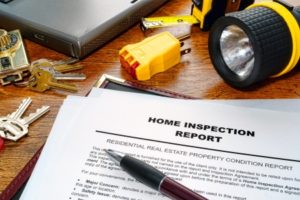 Getting ready to schedule a
Getting ready to schedule a 
 A cracked foundation is one of the worst problems that you can have as a homeowner. The structural integrity of your entire house rests upon the strength and support of the foundation, so if there is a crack anywhere in it, it needs to be addressed and fixed immediately. Nevertheless, that isn’t the only issue you might encounter with a home’s foundation.
A cracked foundation is one of the worst problems that you can have as a homeowner. The structural integrity of your entire house rests upon the strength and support of the foundation, so if there is a crack anywhere in it, it needs to be addressed and fixed immediately. Nevertheless, that isn’t the only issue you might encounter with a home’s foundation.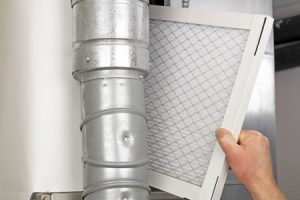 Summer will be here before we know it. It won’t be long before you are relying on your home’s HVAC system and, more specifically, your home’s air conditioner to keep your house cool. But before you start using it on a regular basis, you should take the time to prepare it for the summer season.
Summer will be here before we know it. It won’t be long before you are relying on your home’s HVAC system and, more specifically, your home’s air conditioner to keep your house cool. But before you start using it on a regular basis, you should take the time to prepare it for the summer season. Long winters can subject your home to some serious wear and tear. Snowmelt can reveal all sorts of issues of varying severity that went unnoticed throughout the cold season. It’s important to take care of these maintenance items quickly in order to protect your home from further damage. The spring is the perfect time to get out and tackle these molehills before they become mountains. In this entry, we’ll look at a few simple steps you can take to protect and preserve your home this spring.
Long winters can subject your home to some serious wear and tear. Snowmelt can reveal all sorts of issues of varying severity that went unnoticed throughout the cold season. It’s important to take care of these maintenance items quickly in order to protect your home from further damage. The spring is the perfect time to get out and tackle these molehills before they become mountains. In this entry, we’ll look at a few simple steps you can take to protect and preserve your home this spring.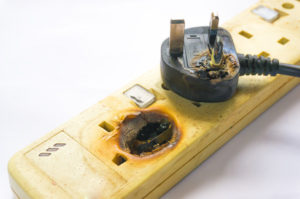 Many electrical devices and appliances are invaluable household tools, but they can also constitute dangerous safety hazards if you’re not careful. The first step toward preventing electrical hazards is educating yourself about them! Today we’ll address a few of the most common fire hazards to keep an eye out for in your home.
Many electrical devices and appliances are invaluable household tools, but they can also constitute dangerous safety hazards if you’re not careful. The first step toward preventing electrical hazards is educating yourself about them! Today we’ll address a few of the most common fire hazards to keep an eye out for in your home.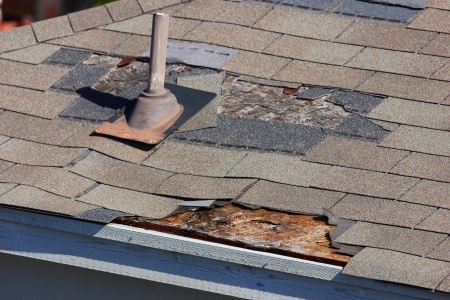 What are some signs you need a new roof? Well, for starters, consider the roof’s age. Most roofs last between 20 and 25 years, so if the roof hasn’t been replaced in several decades, it might be time to call First Choice Inspectors to come take a look and see about a possible replacement.
What are some signs you need a new roof? Well, for starters, consider the roof’s age. Most roofs last between 20 and 25 years, so if the roof hasn’t been replaced in several decades, it might be time to call First Choice Inspectors to come take a look and see about a possible replacement.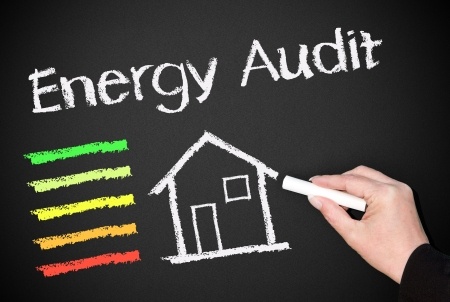
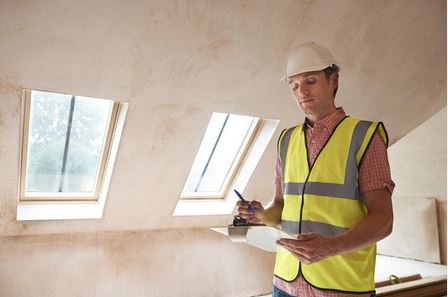 If you buy a brand new home, should you have an inspection done before you buy it and/or move in? The answer is yes. Even if the builder claims the inspection might void their insurance policy or says they’re afraid someone might get hurt during the inspection, you should still have an objective third party inspect it. If you are serious about protecting your investment and taking care of the home you’re going to assume ownership of, a fresh set of eyes should take a discerning look at what has been constructed. You want to know that what you’re buying is in great condition.
If you buy a brand new home, should you have an inspection done before you buy it and/or move in? The answer is yes. Even if the builder claims the inspection might void their insurance policy or says they’re afraid someone might get hurt during the inspection, you should still have an objective third party inspect it. If you are serious about protecting your investment and taking care of the home you’re going to assume ownership of, a fresh set of eyes should take a discerning look at what has been constructed. You want to know that what you’re buying is in great condition.